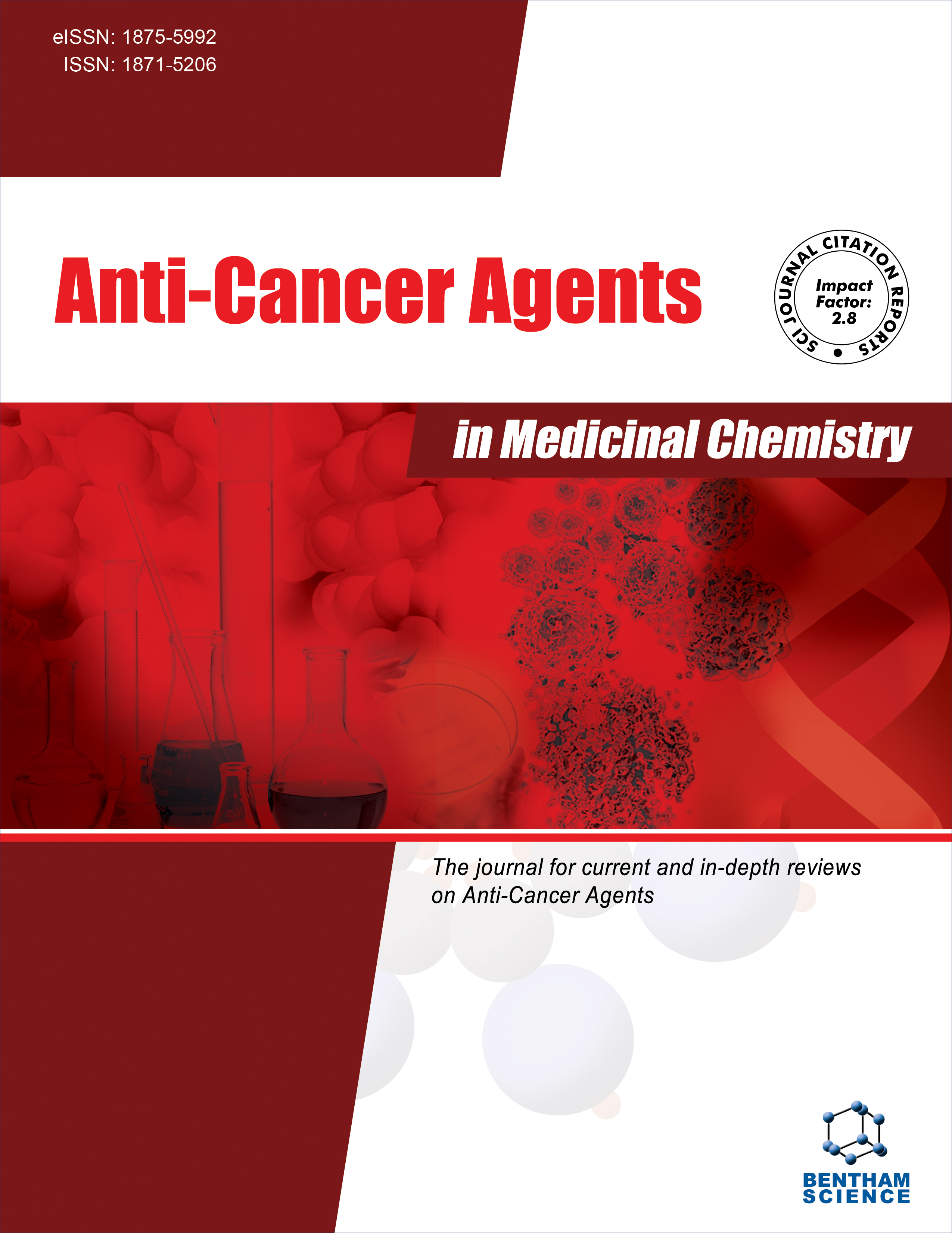
Full text loading...
We use cookies to track usage and preferences.I Understand
Hyperoside is a flavonol glycoside isolated from Hypericum perforatum L. that has inhibitory effects on cancer cells; however, its effects on prostate cancer (PCa) remain unclear. Therefore, we studied the anti-PCa effects of hyperoside and its underlying mechanisms in vitro and in vivo.
This study aimed to explore the mechanism of hyperoside in anti-PCa.
3-(4,5-Dimethyl-2-Thiazolyl)-2,5-Diphenyl Tetrazolium Bromide (MTT), transwell, and flow cytometry assays were used to detect PCa cell growth, invasion, and cell apoptosis. Immunoblot analysis, immunofluorescence, immunoprecipitation, and quantitative real-time PCR (qRT-PCR) were used to analyze the antitumor mechanism of hyperoside.
Hyperoside inhibited PCa cell growth, invasion, and cell cycle and induced cell apoptosis. Furthermore, RING finger protein 8 (RNF8), an E3 ligase that assembles K63 polyubiquitination chains, was predicted to be a direct target of hyperoside and was downregulated by hyperoside. Downregulation of RNF8 by hyperoside impeded the nuclear translocation of β-catenin and disrupted the Wnt/β-catenin pathway, which reduced the expression of the target genes c-myc, cyclin D1, and programmed death ligand 1 (PD-L1). Decreased PD-L1 levels contributed to induced immunity in Jurkat cells in vitro. Finally, in vivo studies demonstrated that hyperoside significantly reduced tumor size, inhibited PD-L1 and RNF8 expression, and induced apoptosis in tumor tissues of a subcutaneous mouse model.
Hyperoside exerts its anti-PCa effect by reducing RNF8 protein, inhibiting nuclear translocation of β-catenin, and disrupting the Wnt/β-catenin pathway, in turn reducing the expression of PD-L1 and improving Jurkat cell immunity.

Article metrics loading...

Full text loading...
References


Data & Media loading...
Supplements

